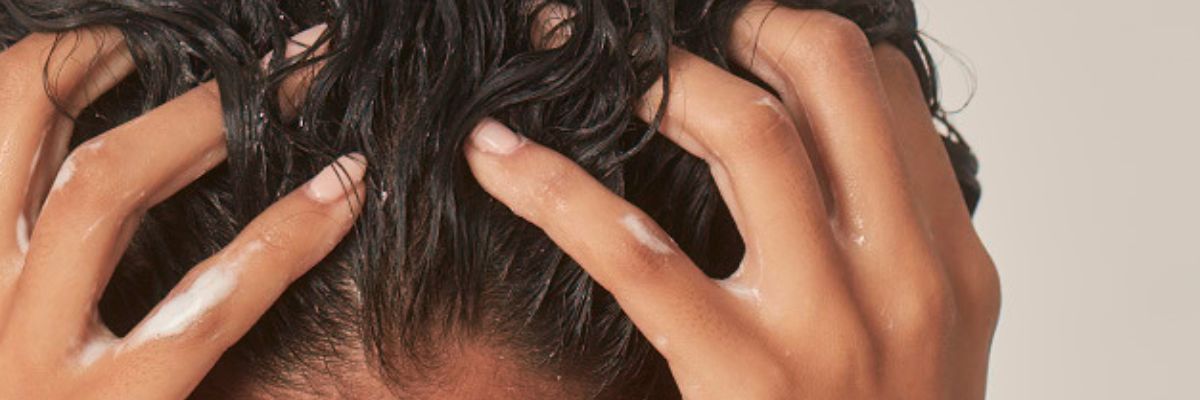Seborrheic dermatitis is a common skin condition that affects the scalp but can also affect the skin on your face and body. It is characterized by scaly patches, inflamed skin, and persistent dandruff.
Seborrheic dermatitis can be mistaken for other skin conditions that produce similar symptoms, like psoriasis or eczema.
The exact cause of seborrheic dermatitis is unclear, but factors such as a yeast called Malassezia, hormonal imbalances, genetics, and a compromised immune system play a role.

Helping Seborrheic Dermatitis "Dos"
Keep your skin clean and moisturised. Regular cleansing helps remove excess oil and dead skin cells while moisturising helps prevent dryness and irritation. Use a gentle cleanser and a non-comedogenic moisturiser suitable for your skin type.
- For scalp seborrheic dermatitis you can use over-the-counter antifungal creams or shampoos containing ingredients like pyrithione zinc, selenium sulphide, or ketoconazole. These can help reduce the growth of the yeast associated with seborrheic dermatitis and alleviate symptoms.
- Gently remove scales from the affected areas. You can apply mineral oil, peanut oil, or olive oil to soften the scales, then comb or brush the hair gently and wash the affected skin.
- Follow the recommendations of your healthcare professional regarding the use of medications or topical treatments. They can provide personalized advice on application frequency and duration.

Helping Seborrheic Dermatitis "Don'ts"
Avoid using harsh soaps or products that may irritate the skin. Sulphates, fragrances, and alcohol-based products are the usual culprits.
- Mild, fragrance-free cleansers are best and avoid scrubbing the affected areas vigorously.
- Limit exposure to extreme temperatures, as both hot and cold weather can exacerbate symptoms. Protect your skin from cold, dry weather and excessive heat.
- Avoid scratching the affected areas, as it can worsen inflammation and lead to infection. If you feel the need to scratch, try gently patting or applying a cold compress instead.
- Ignore the advice on social media of using anti-dandruff shampoo on your face to help treat seborrheic dermatitis. Here is one example of a TikTok Kiri weighed in on:
@ampernaskin #stitch with @Elyse Myers we love you Elyse! We had to jump in on the one! We understand how frustrated your skin can make you feel and we are all guilty of hopping on the next viral trend in hopes it is the answer 🤞 but it could make it worse. Please speak to a professional if you are struggling with any skin concerns. Kiri is available to DM if you have any questions about your skin 📥 #skin #skincare #skincaretips #headsandshoulders ♬ original sound - Classic Sitcoms
Ingredients to avoid or use caution with when treating Seborrheic dermatitis on your face and/or body

*Disclaimer: For safety and effectiveness, it is recommended to use skincare products specifically formulated for facial use which have undergone appropriate testing and evaluation for that purpose.
Selenium sulphide
Is commonly used to treat dandruff, seborrhoea, and tinea versicolor on the scalp and other areas of the body. It helps to reduce itching, flaking, irritation, and redness of the affected skin. Available both as a prescription medication and over the counter.
The use of selenium sulphide on the face should be approached with caution. As with any topical medication, there is a possibility of adverse effects or skin reactions.
An allergic reaction to selenium sulphide can include, Hives, difficulty breathing, swelling of your face, lips, tongue or throat. Get emergency medical care if any of these signs arise.
Ketoconazole
Is an antifungal medication that is used topically or orally to treat several types of fungal infections. When used topically, ketoconazole is commonly used in the form of creams, shampoos, or gels to treat skin conditions such as athlete's foot, ringworm, and seborrheic dermatitis. It works by inhibiting the growth of the fungus and reducing the associated symptoms like itching, redness, and flaking.
Common side effects of ketoconazole may include irritated or red skin. Rare cases of more serious side effects may include, Joint pain, swelling, rash, shortness of breath, thinning of hair, difficulty swallowing.

Helpful Ingredients for Treating Seborrheic dermatitis
Pyrithione zinc is commonly used in skincare and haircare products due to its antibacterial, antimicrobial, and antifungal properties. It can help reduce the symptoms of seborrheic dermatitis by controlling the growth of Malassezia, the type of fungus associated with the condition.
Pyrithione zinc is also effective in treating other skin conditions such as eczema, psoriasis, and acne. Additionally, it can be beneficial in regulating oil production, preventing itching, and soothing scalp irritation.
References:
https://www.drugs.com/mtm/selenium-sulfide-topical.html
https://dermnetnz.org/topics/selenium-sulfide
https://www.drugs.com/mtm/ketoconazole.html
https://www.mayoclinic.org/drugs-supplements/ketoconazole-topical-route/description/drg-20067739
https://www.healthline.com/health/pyrithione-zinc

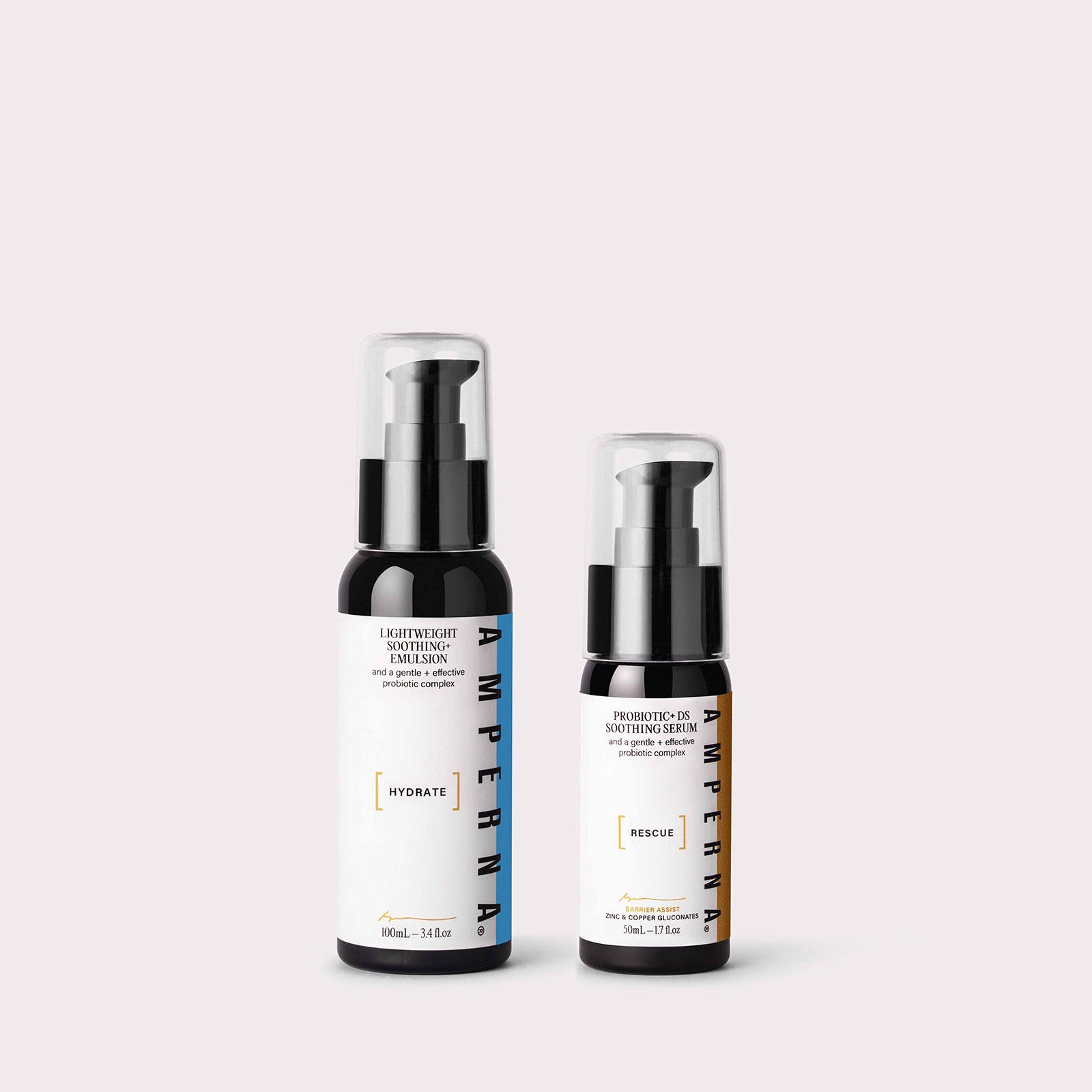
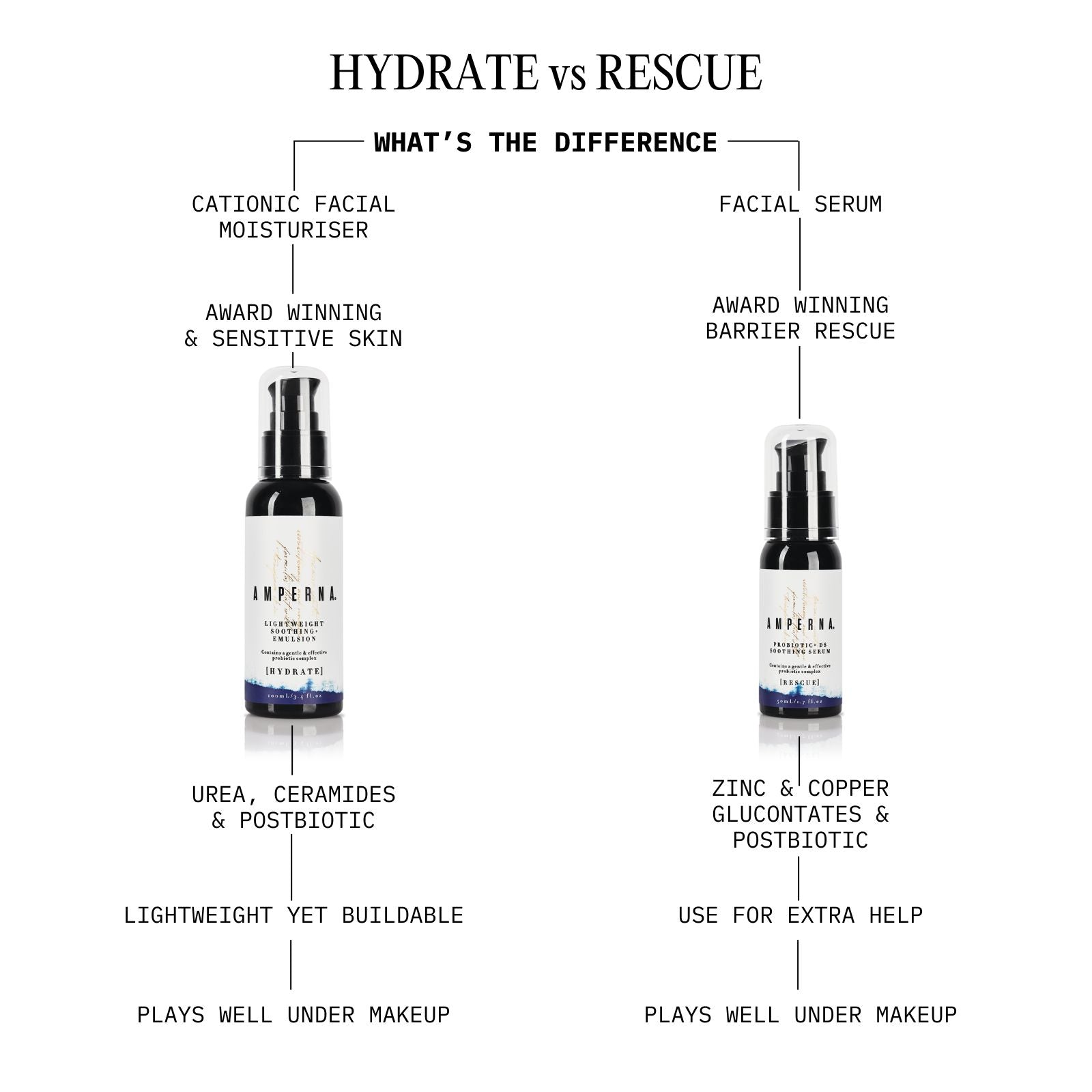
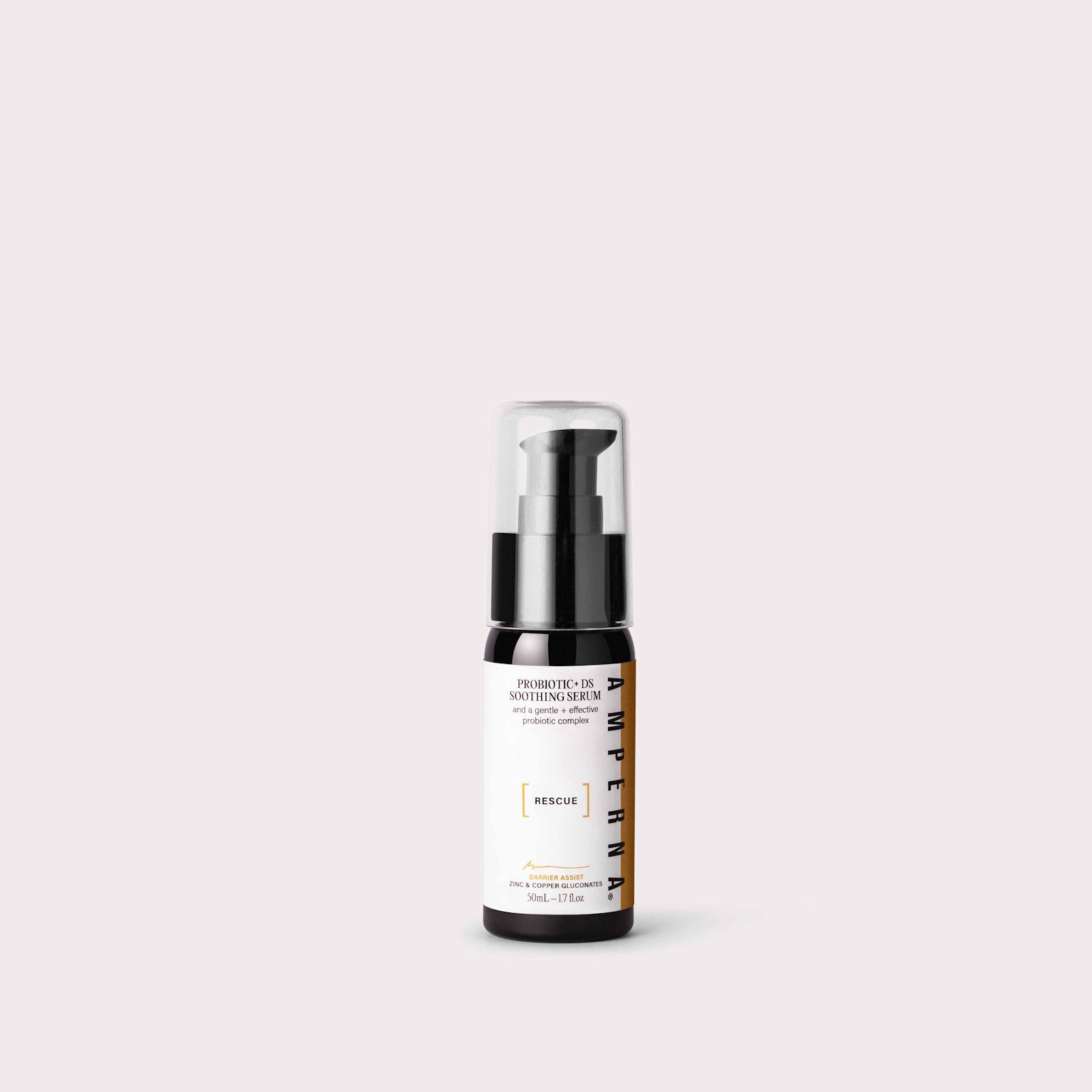
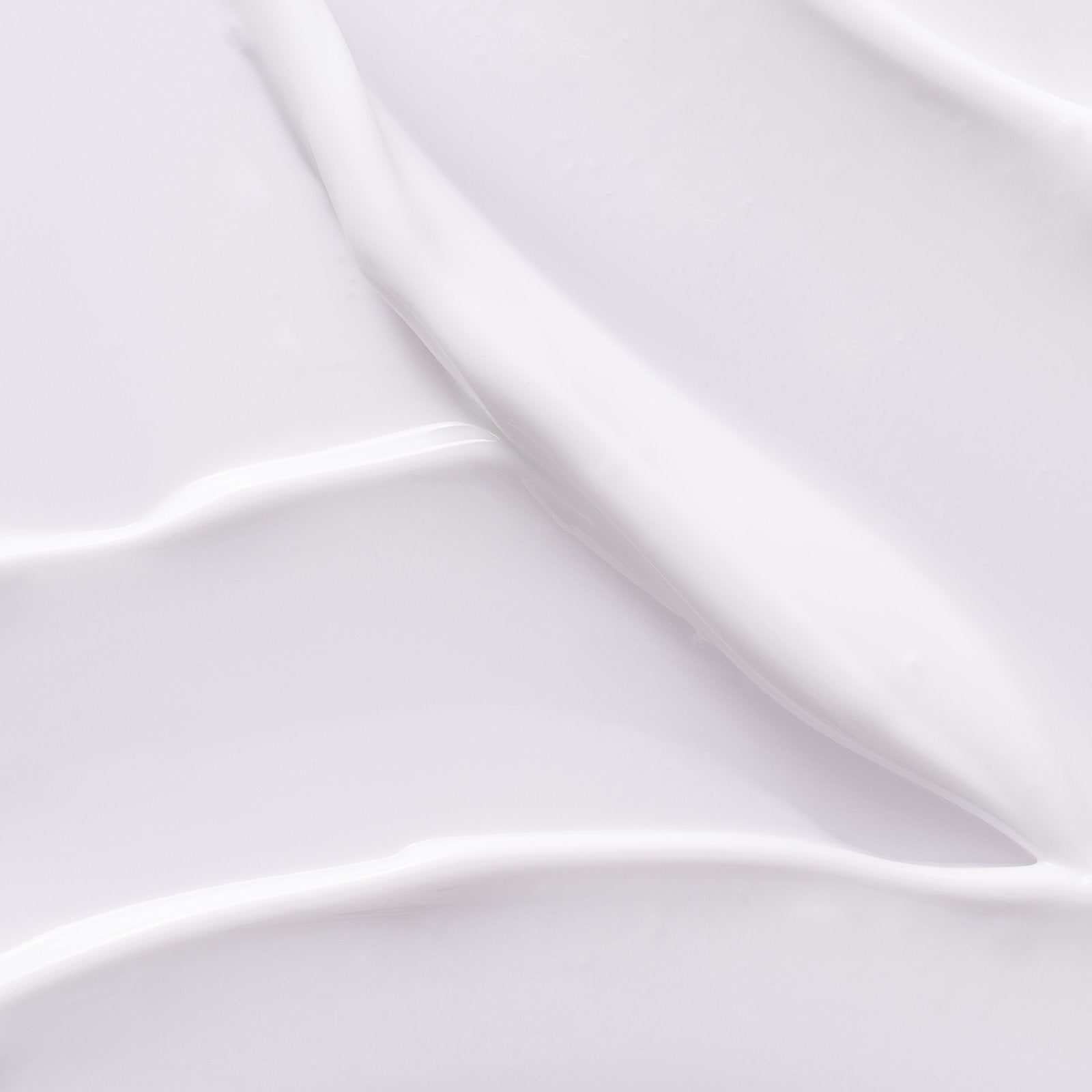


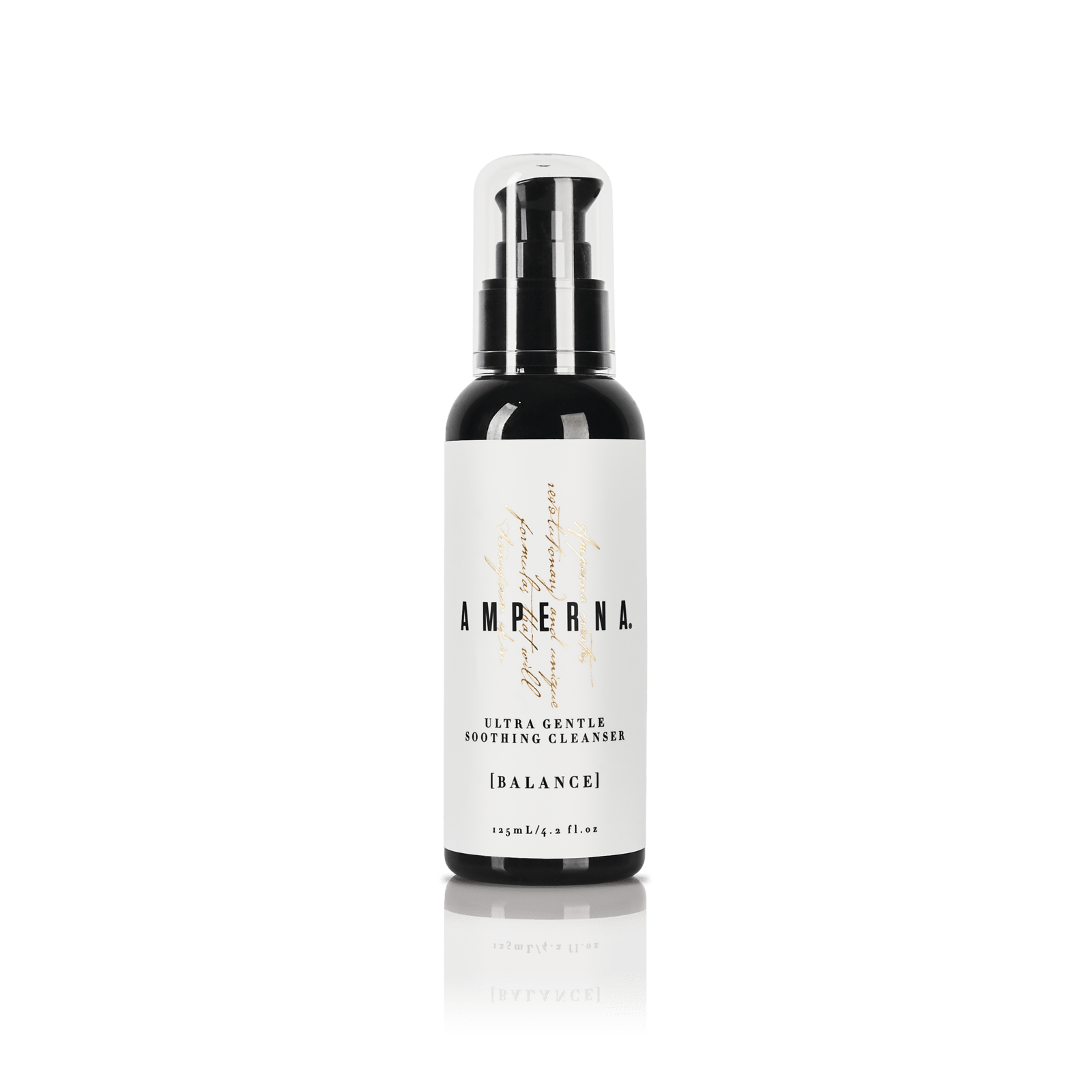
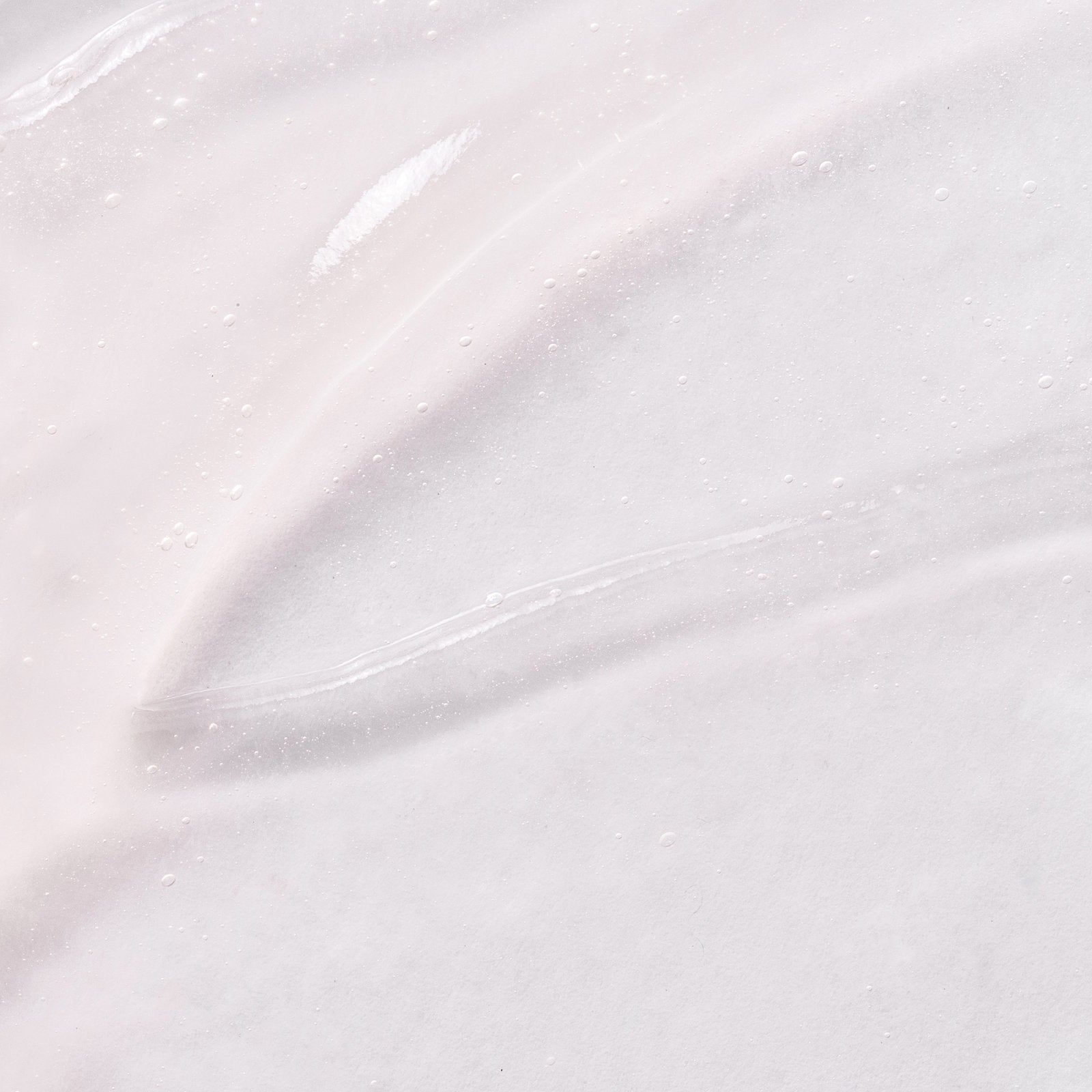
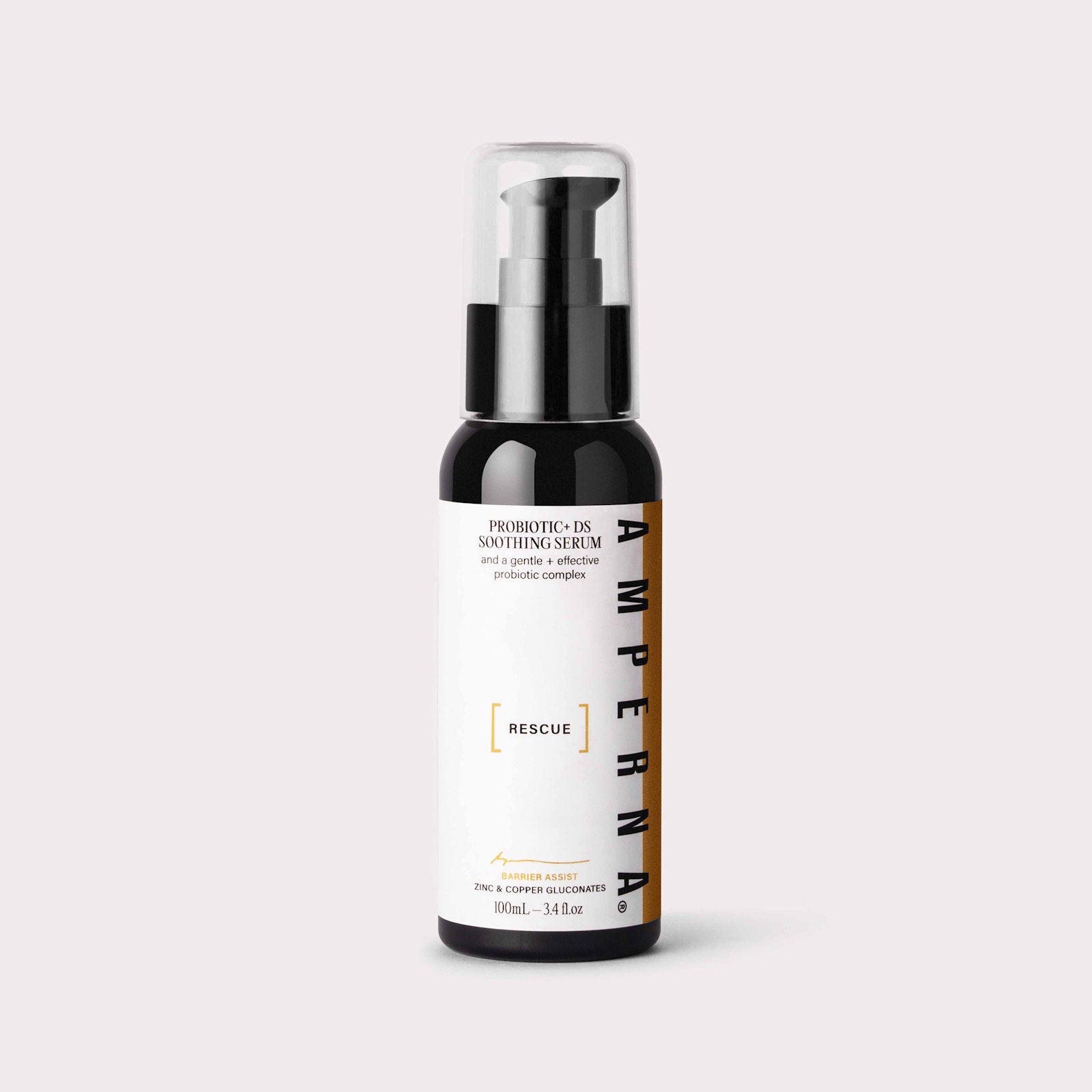
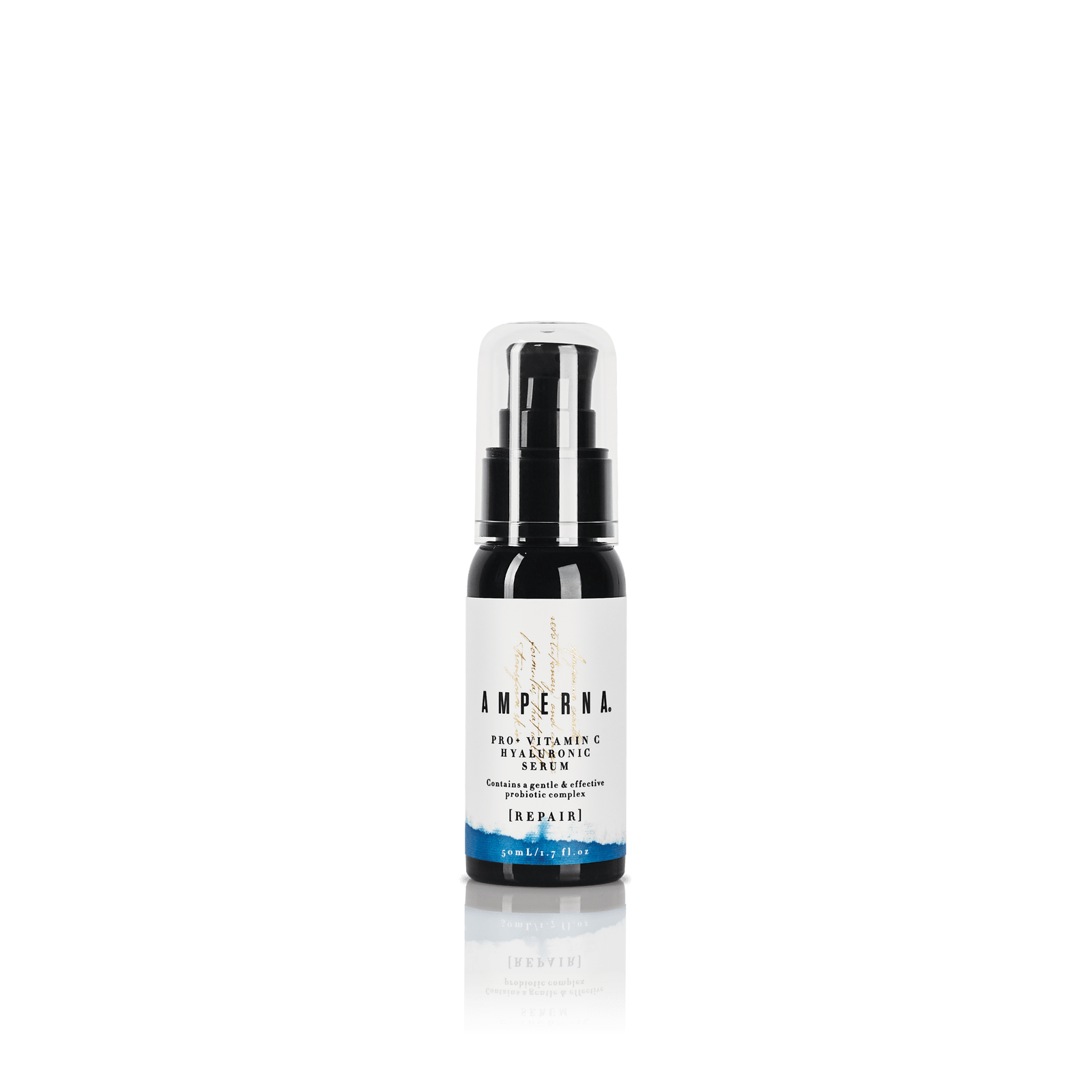
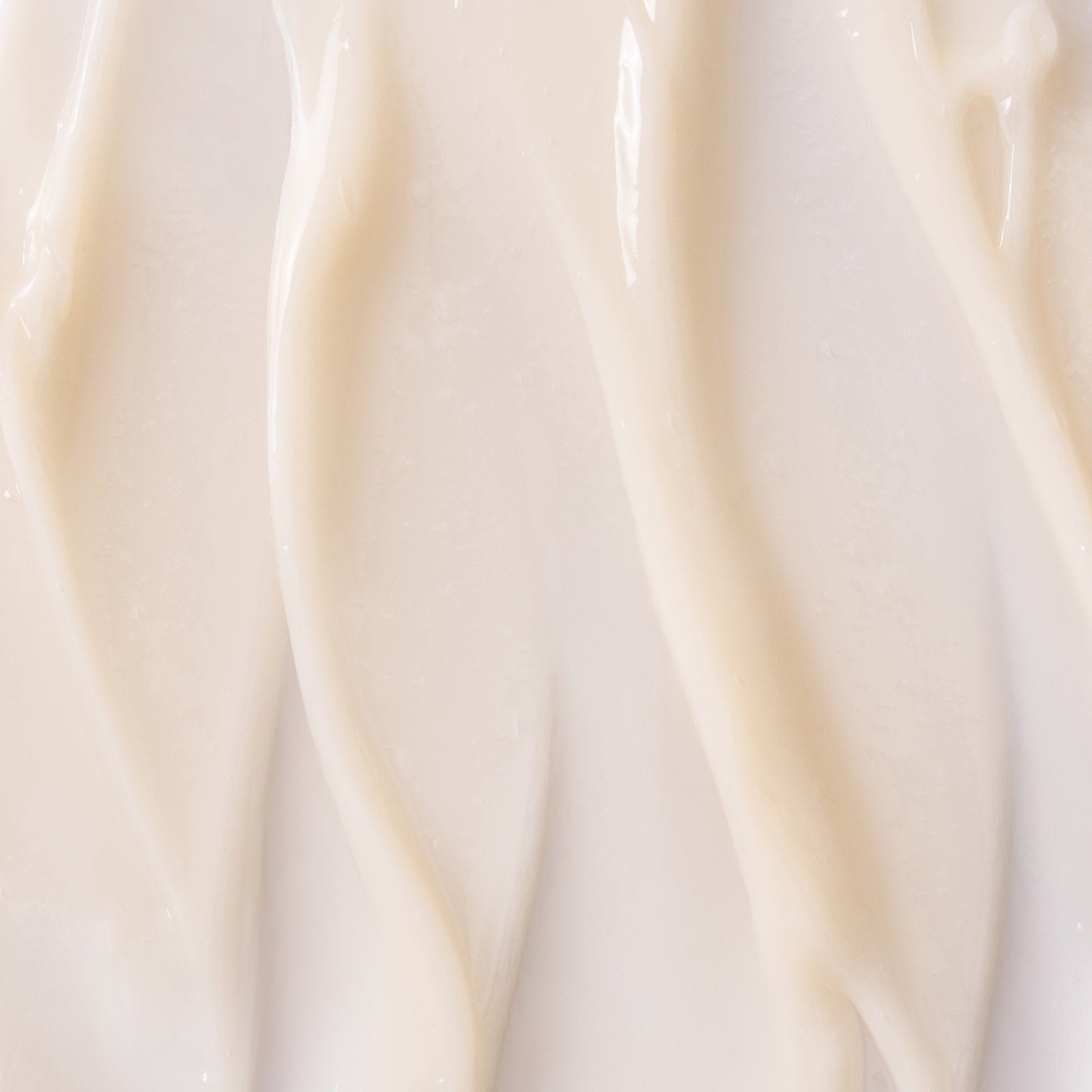
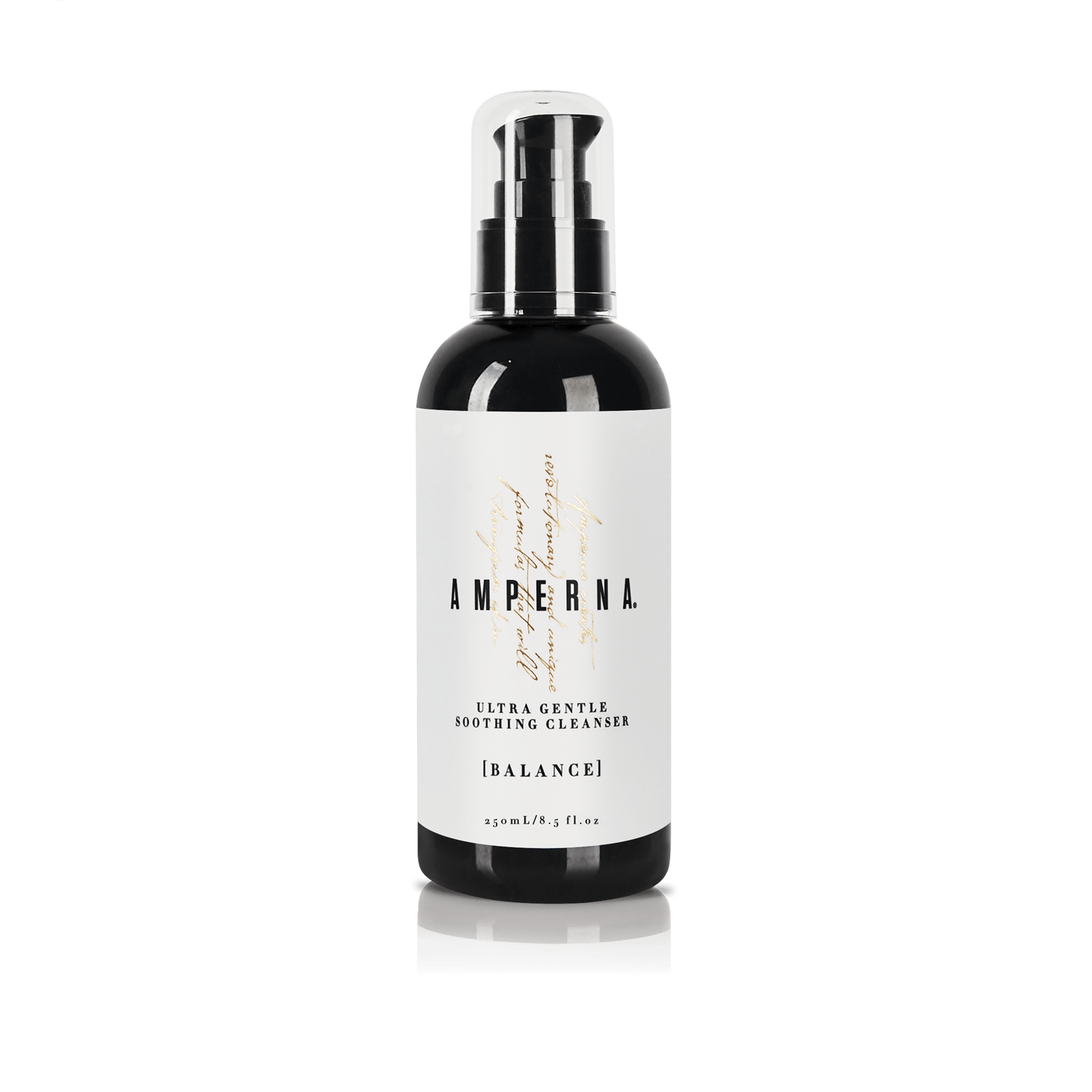
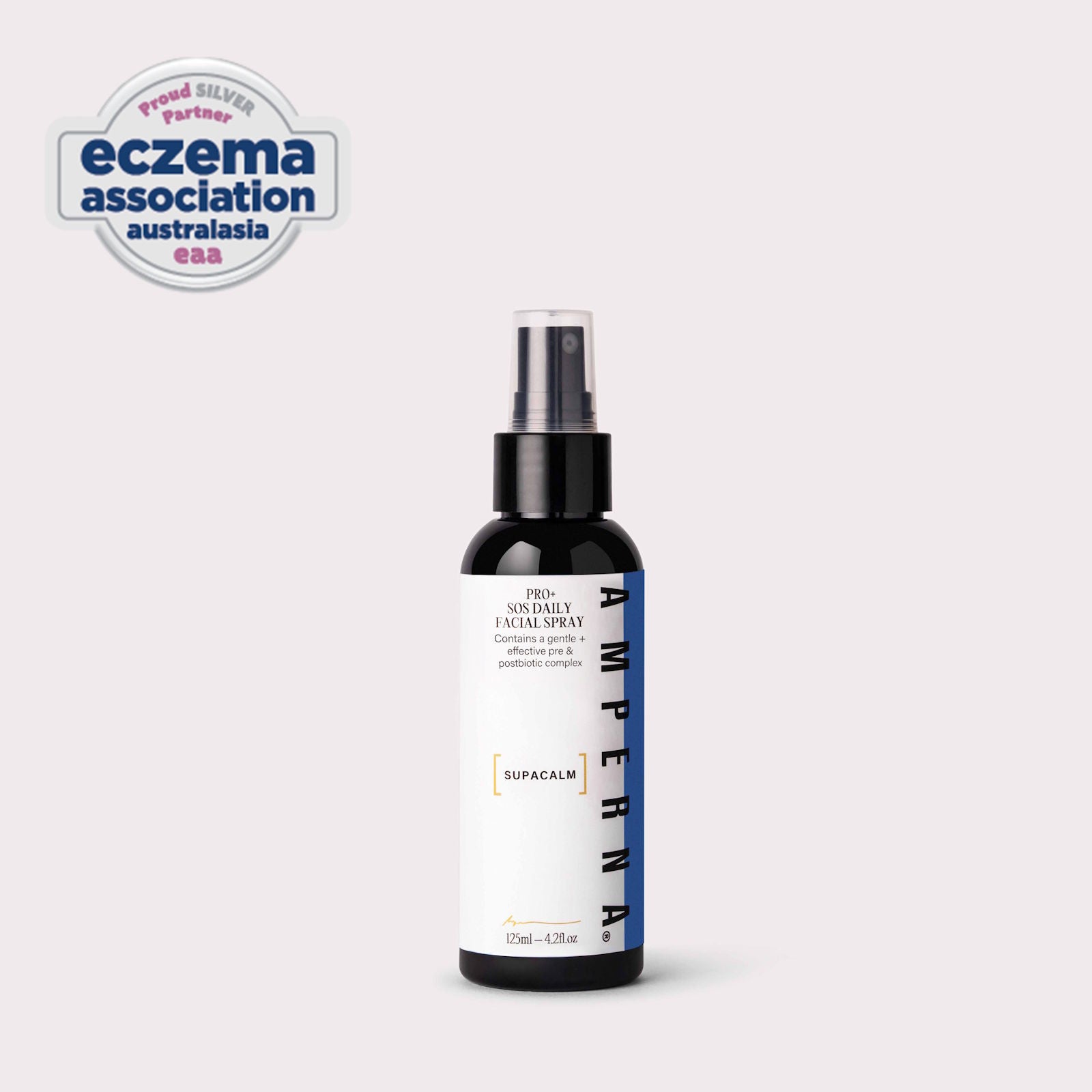
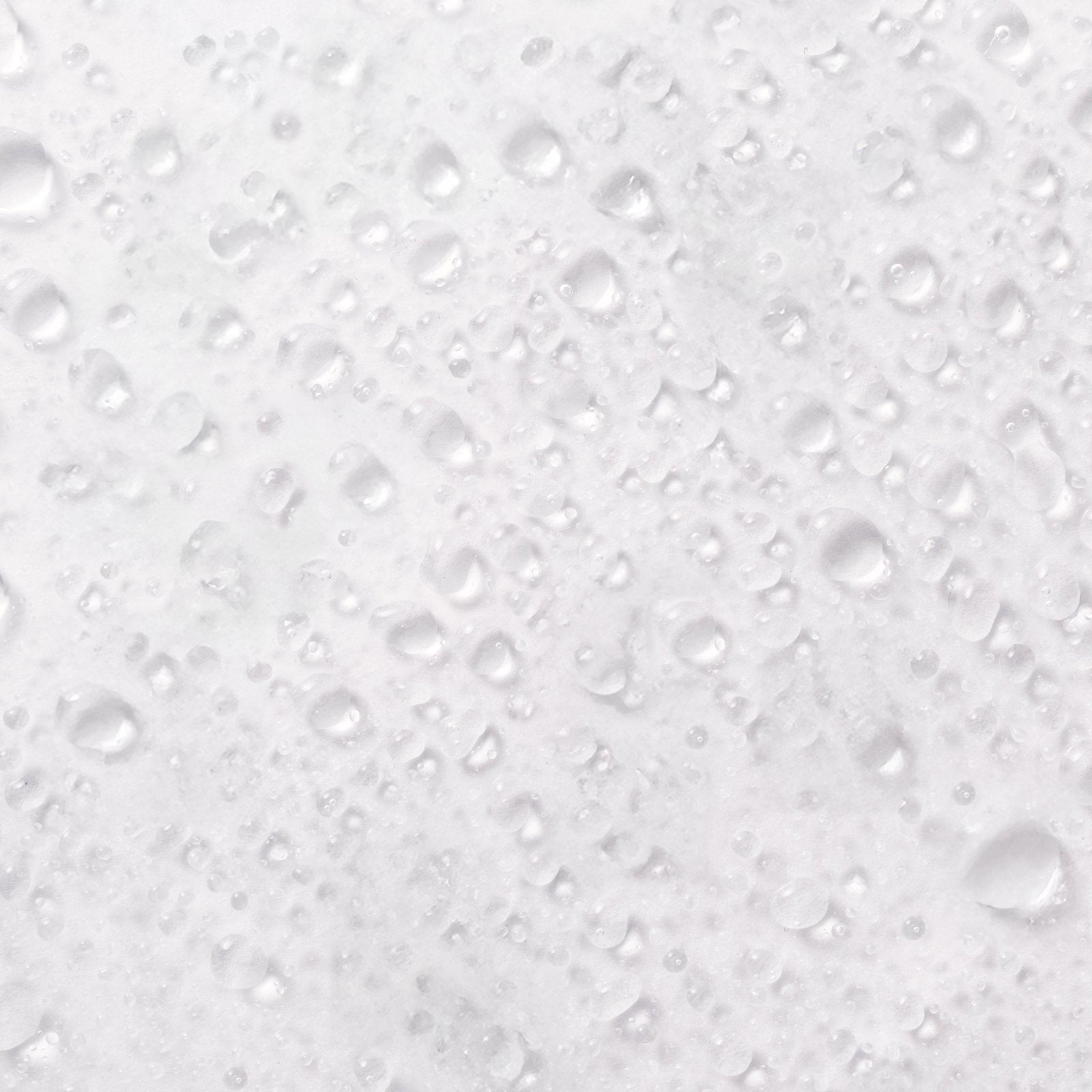
![Introducing AMPERNA® [DERMACARE] Haircare: For Scalp Comfort and Strong Hair](http://amperna.com/cdn/shop/articles/42_efd53385-7cf9-4b45-8e54-982415ee8fbc.jpg?crop=center&height=720&v=1761871871&width=1200)
